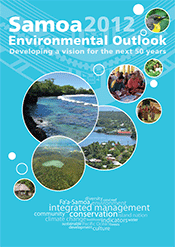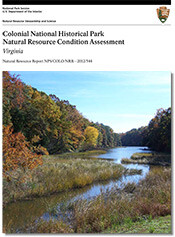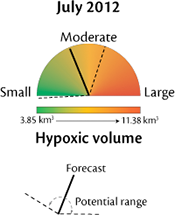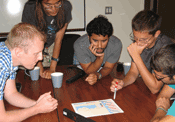Samoa 2012 Environmental Outlook: developing a vision for the next 50 years
 This document is the initial stage of assessment for Samoa's State of the Environment. Samoa's rich cultural heritage and future prosperity depend on a healthy environment. Over the past 50 years, Samoa's environment has been pressured by increasing population and development, agricultural expansion, invasive species of plants and animals, and disasters such as tsunamis, cyclones, and fires. A workshop was held to develop an assessment framework and assign expert assessments for six key habitats: Cloud Forest (very good) and Upland Forest (fair), Lowlands (poor), Coastal Strand (poor), Nearshore Marine (fair) and Offshore Marine (fair), and Rivers and Streams (good to poor); as well as other key resource areas such as climate change, air quality, waste disposal, renewable energy, and population pressures.
This document is the initial stage of assessment for Samoa's State of the Environment. Samoa's rich cultural heritage and future prosperity depend on a healthy environment. Over the past 50 years, Samoa's environment has been pressured by increasing population and development, agricultural expansion, invasive species of plants and animals, and disasters such as tsunamis, cyclones, and fires. A workshop was held to develop an assessment framework and assign expert assessments for six key habitats: Cloud Forest (very good) and Upland Forest (fair), Lowlands (poor), Coastal Strand (poor), Nearshore Marine (fair) and Offshore Marine (fair), and Rivers and Streams (good to poor); as well as other key resource areas such as climate change, air quality, waste disposal, renewable energy, and population pressures.
Colonial National Historical Park Natural Resource Condition Assessment
 Colonial National Historical Park offers a vast array of cultural resources, notably the site of the first English settlement at Jamestown in 1607 and the Siege of Yorktown in 1781 that proved to be the last major campaign of the American Revolution. Four dominant habitat groupings are present within the Park, including forest, grassland, non-tidal wetland, and tidal wetland. Threats to Colonial NHP have been categorized into: internal (within the park), watershed (outside and around park boundaries), and regional (threats that impact the entire region). The combined natural resources of Colonial NHP were assessed as on the border between "degraded" and "fair", attaining 40% of desired threshold scores.
Colonial National Historical Park offers a vast array of cultural resources, notably the site of the first English settlement at Jamestown in 1607 and the Siege of Yorktown in 1781 that proved to be the last major campaign of the American Revolution. Four dominant habitat groupings are present within the Park, including forest, grassland, non-tidal wetland, and tidal wetland. Threats to Colonial NHP have been categorized into: internal (within the park), watershed (outside and around park boundaries), and regional (threats that impact the entire region). The combined natural resources of Colonial NHP were assessed as on the border between "degraded" and "fair", attaining 40% of desired threshold scores.
Chesapeake Bay Summer Forecast 2012
 In collaboration with IAN and EcoCheck, researchers at the University of Michigan have forecasted the July hypoxic volume of the mainstem Chesapeake Bay for the sixth year. The July 2012 hypoxic volume is forecasted to be 6.4 km3, which is considered slightly below average. Unusual patterns in streamflow meant there were lower than normal total nitrogen loads from the Susquehanna River in the spring. Loads are the main driver of the forecast model.
In collaboration with IAN and EcoCheck, researchers at the University of Michigan have forecasted the July hypoxic volume of the mainstem Chesapeake Bay for the sixth year. The July 2012 hypoxic volume is forecasted to be 6.4 km3, which is considered slightly below average. Unusual patterns in streamflow meant there were lower than normal total nitrogen loads from the Susquehanna River in the spring. Loads are the main driver of the forecast model.
Research Experience for Undergraduates (REU) science communication course
 Students in the Research Experience for Undergraduates program (overseen by Maryland Sea Grant and funded by National Science Foundation) are now trained in science communication. Students residing at both Horn Point Laboratory and Chesapeake Biological Laboratory met with Caroline Wicks and Heath Kelsey at the National Socio-environmental Synthesis Center to draw conceptual diagrams and improve visual aides using effective science communication techniques. Additionally, they were given a walking tour of Annapolis.
Students in the Research Experience for Undergraduates program (overseen by Maryland Sea Grant and funded by National Science Foundation) are now trained in science communication. Students residing at both Horn Point Laboratory and Chesapeake Biological Laboratory met with Caroline Wicks and Heath Kelsey at the National Socio-environmental Synthesis Center to draw conceptual diagrams and improve visual aides using effective science communication techniques. Additionally, they were given a walking tour of Annapolis.

